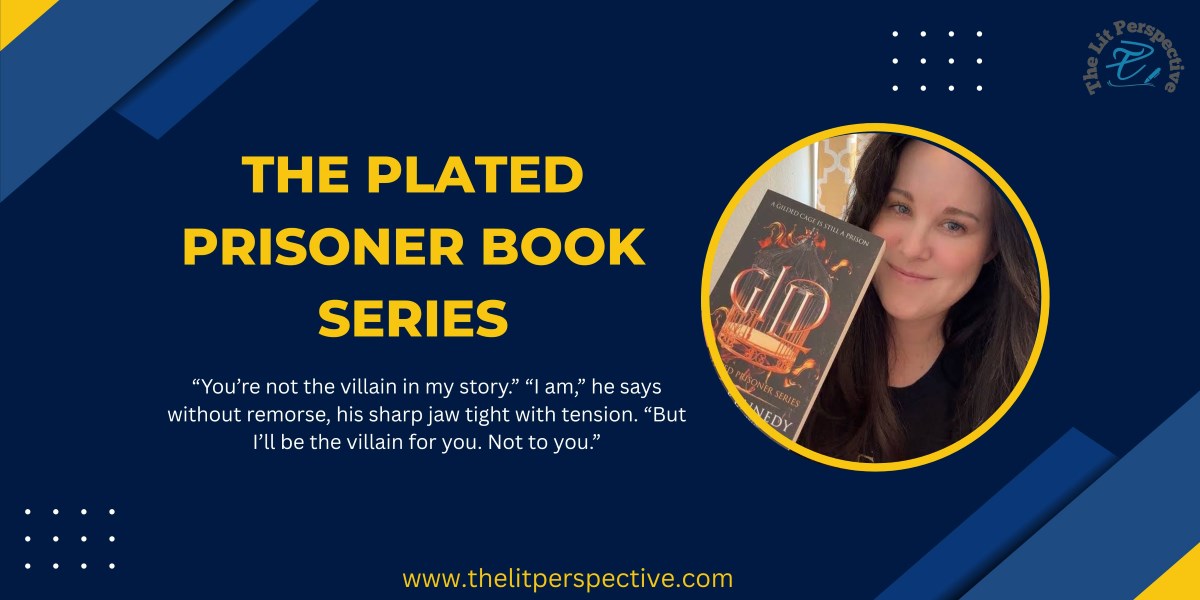TheLitPerspective is your one-stop shop for everything that ignites the spark of curiosity within you.
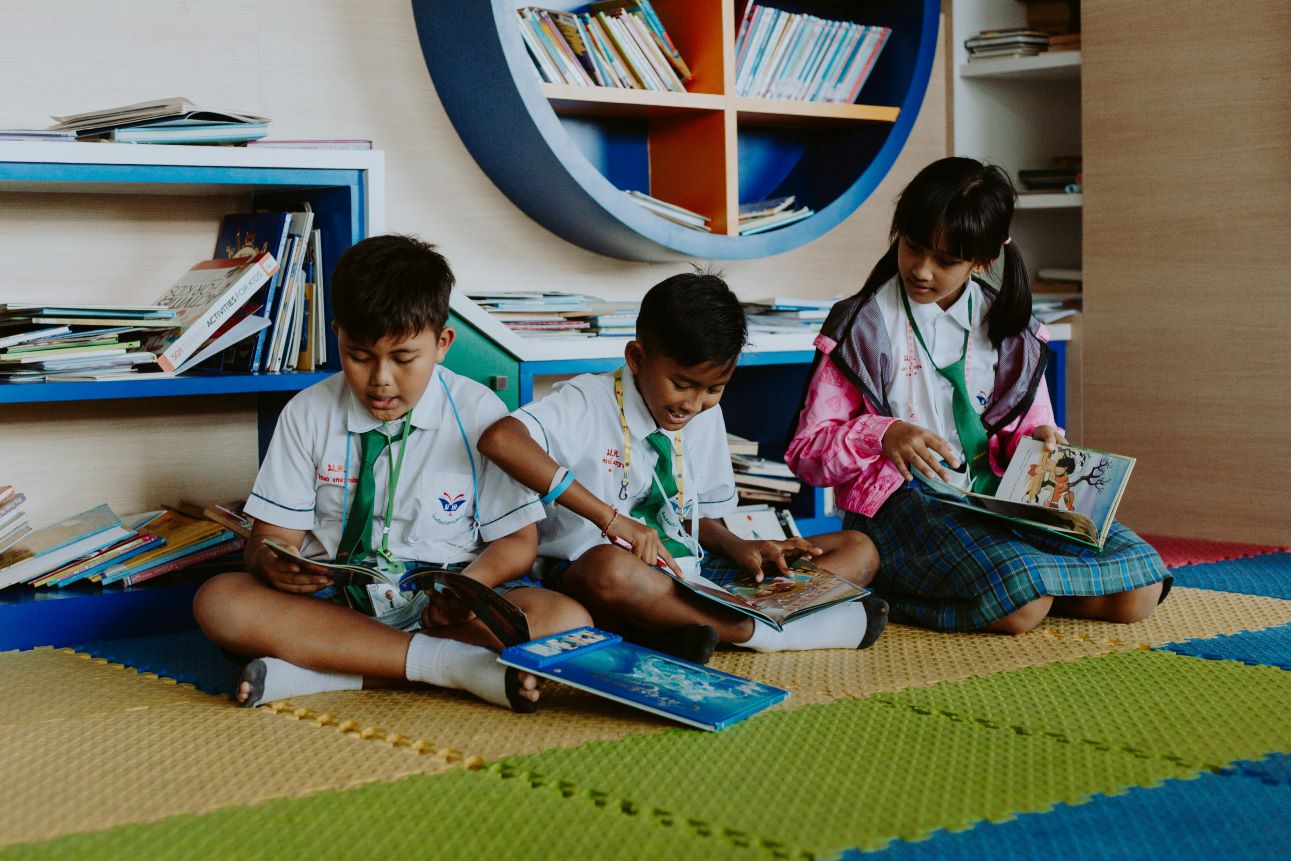
Reading for Children’s Emotional and Mental Well-Being
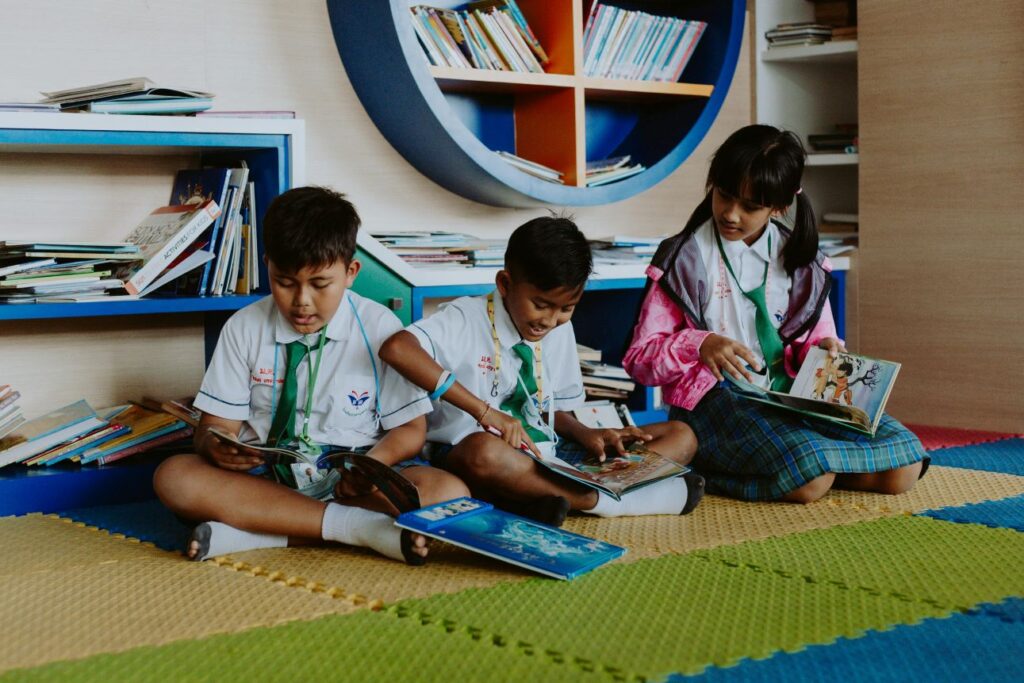
Physical books provide children with a calming escape, enriching their emotional and mental well-being and stimulating their creativity in a world of distractions.
In today’s world, where screens are everywhere—on tablets, phones, and e-readers—it’s easy to forget the importance of a physical book. But when you think of helping children grow emotionally and mentally, nothing compares to holding a book in their hands, turning the pages, and getting lost in the story. Reading physical books brings many benefits that go beyond school success. It helps with emotional growth, mental health, and sparking the imagination.
This article explains why physical books are crucial for children and how they help with emotional and mental well-being, making them feel connected to the world.
Physical Books Help Children Focus and Connect with Stories
One of the biggest edges of physical books is that they help children focus. Unlike digital devices with distractions like notifications and ads, a physical book is free of interruptions. Holding a book, feeling its weight, and turning the pages help kids understand what they’re reading.
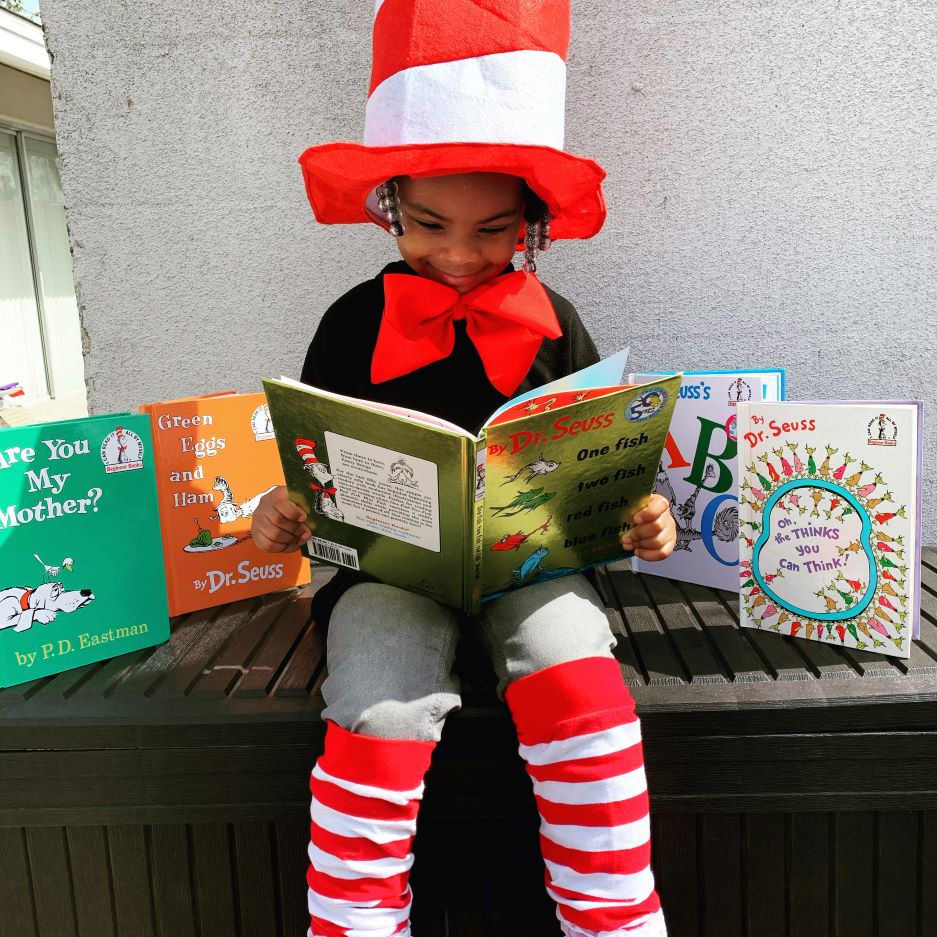
When children read from a physical book, they can connect better with the characters in the story. This helps them understand emotions like empathy and kindness. As they follow the characters, children learn essential emotional skills vital to their growth.
Physical Books Reduce Stress from Screens
We spend so much time looking at screens every day, and too much screen time can make children feel anxious, strain their eyes, and cause trouble sleeping. Even though e-readers and tablets can be helpful, they still give off light, making it hard for kids to relax and focus.
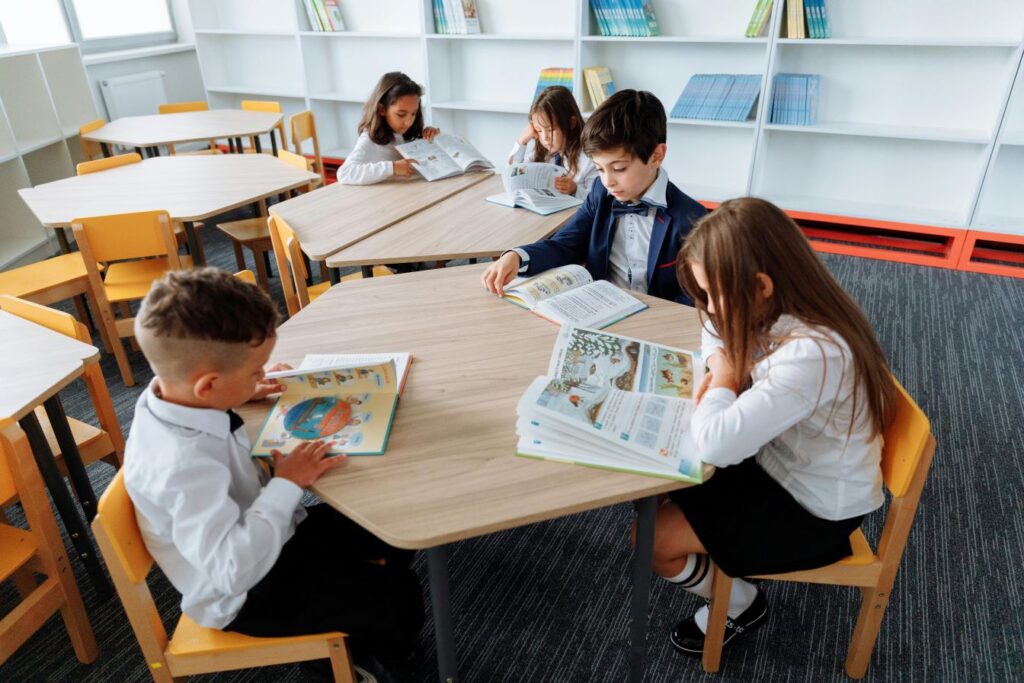
On the other hand, reading a physical book allows children to pause from screens. This peaceful time with a book can also lower anxiety and help with mental well-being.
Physical Books Encourage Better Thinking and Learning
Physical books encourage something called “deep reading.” This means thinking about what you’re reading, solving problems, and understanding the story more deeply. Deep reading takes time and concentration; physical books help children do this by making the reading experience slower and more focused than reading on a screen.
In Mona’s Mitten a Story to MOVE by Kristina Orliczky’s, invites readers to join physical activities with the main character. As children follow the exciting story, they are encouraged to move and be active.
Research shows that children reading physical books retain more details and understand the material better than those reading on screens. Children follow the story more carefully, helping them fully engage and think deeply with physical books.
Building Bonds Through Shared Reading
Reading physical books with a parent or caregiver is a great way to build a solid emotional connection with a child. Sitting together, reading a story, and discussing the characters creates trust and comfort. This shared time can leave lasting memories for both children and adults.
Physical books are perfect for shared reading because they bring everyone closer together. The engaging illustrations, the feel of the book, and the act of turning pages side by side create a calming experience.
Boosting Imagination and Creativity
Physical books have a unique way of igniting children’s imaginations. Unlike digital media, where visuals are already provided, books encourage kids to create their pictures of the characters, places, and events in their minds. This process helps develop creativity and imagination.
When children use their imagination, they learn to picture possibilities and think creatively to solve problems. The skills children can get through reading a physical book are essential for emotional growth and are also crucial for cognitive development.
Developing a Lifelong Love for Reading
When children are introduced to physical books early in life, they are more likely to develop a love for reading that lasts well into adulthood. Physical books give children a hands-on experience that they associate with fun, relaxation, and discovery. Children who grow up with physical books often see reading as a joy, not just a chore.
This love of reading opens the door to lifelong learning. Children who enjoy reading are curious and eager to explore new ideas, expanding their knowledge in many areas. The activity can deepen their love for books and help create a foundation for learning that benefits them throughout their lives.
The Comfort of Reading Rituals
Reading a physical book is a particular routine, and it can become a comforting part of a child’s daily life. Whether they’re picking a book from a shelf, using a bookmark, or reading a favorite bedtime story, these little rituals give children a sense of stability and security. Physical books fit well into daily routines, helping children relax and feel calm.
Bedtime stories are essential for families. Holding a book, hearing a familiar voice, and ending the day with a comforting story create a calm environment for children. Reading bedtime stories allows them to process the day’s events and feel emotionally secure before sleeping.
Why Physical Books Matter for Children
Reading physical books gives children more than just knowledge. It supports their emotional and mental well-being. Also, it encourages them to focus, imagination, and emotional connections. Books with physical activity for kids provide a memorable, hands-on experience that helps them feel safe, grow their minds, and develop a lifelong love for learning.
Let’s ensure children always have physical books present in their lives, whether for bedtime stories or thrilling adventures. It enriches both their emotional and mental well-being.
Grab a copy of Kristina Orliczky’s book today.

Witty and whimsy. As a writer, Mia finds a pleasant balance between clever and creative. With years of experience under her name, she aims to add meaning to your life through the articles she writes.

